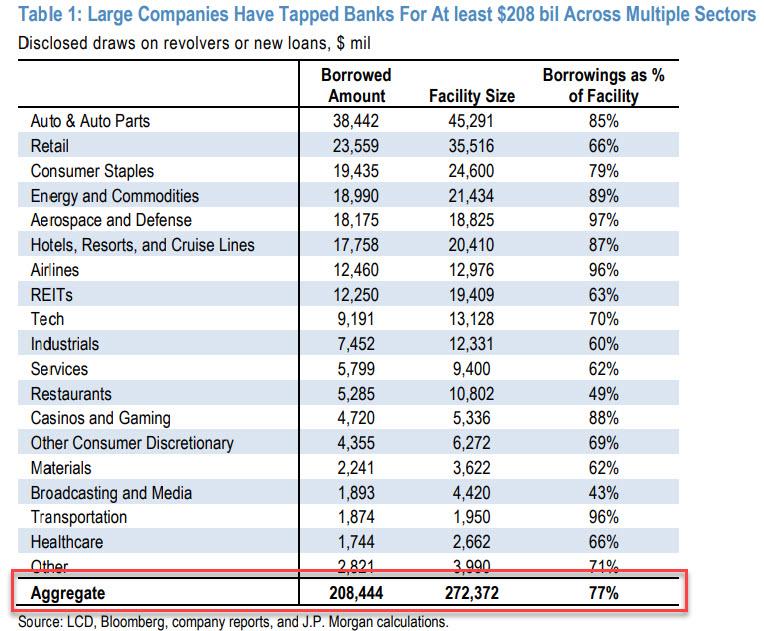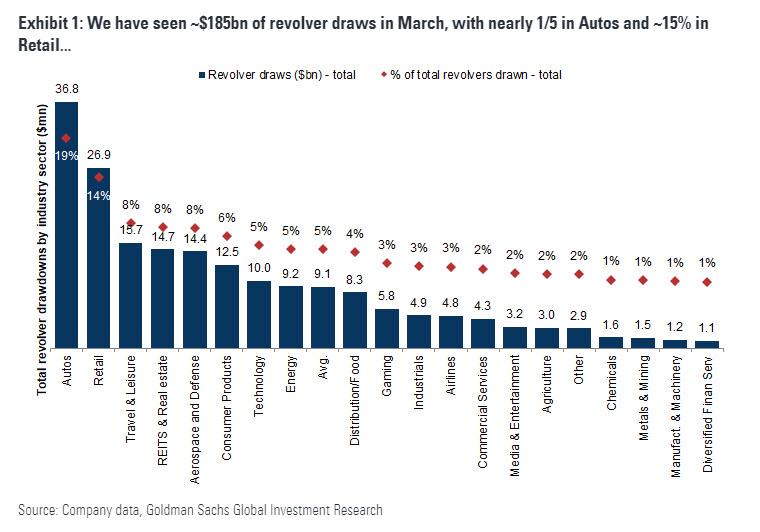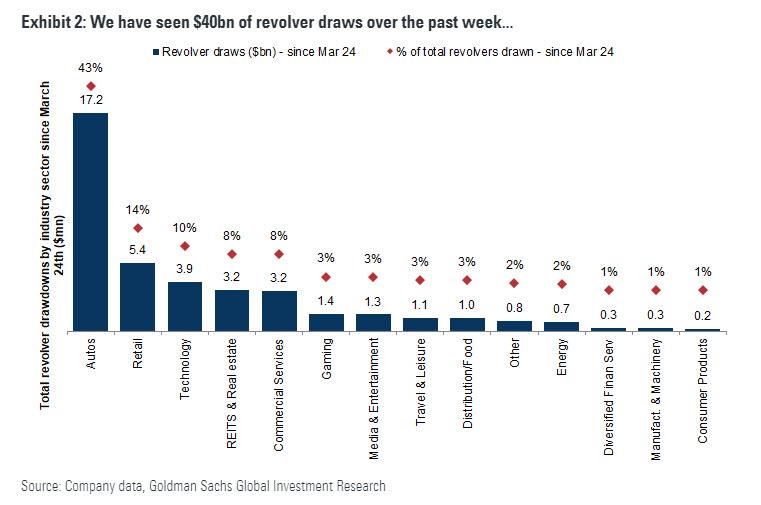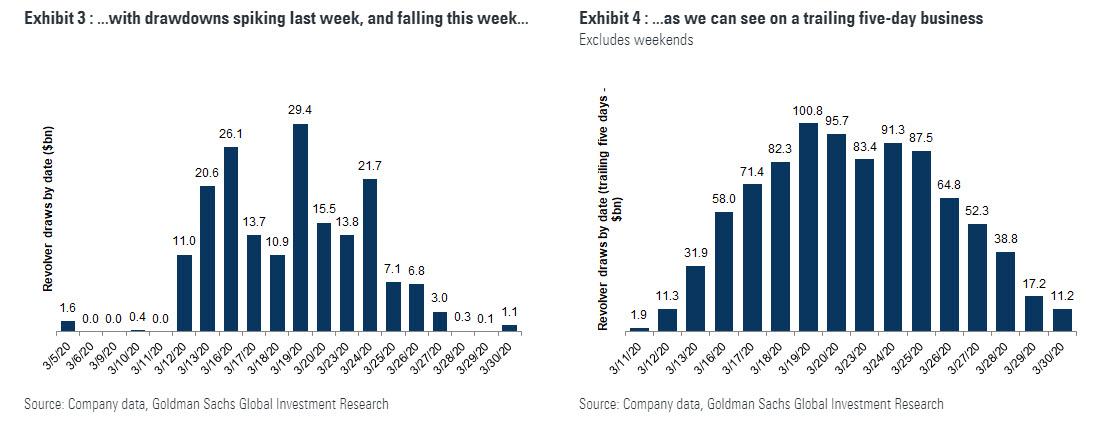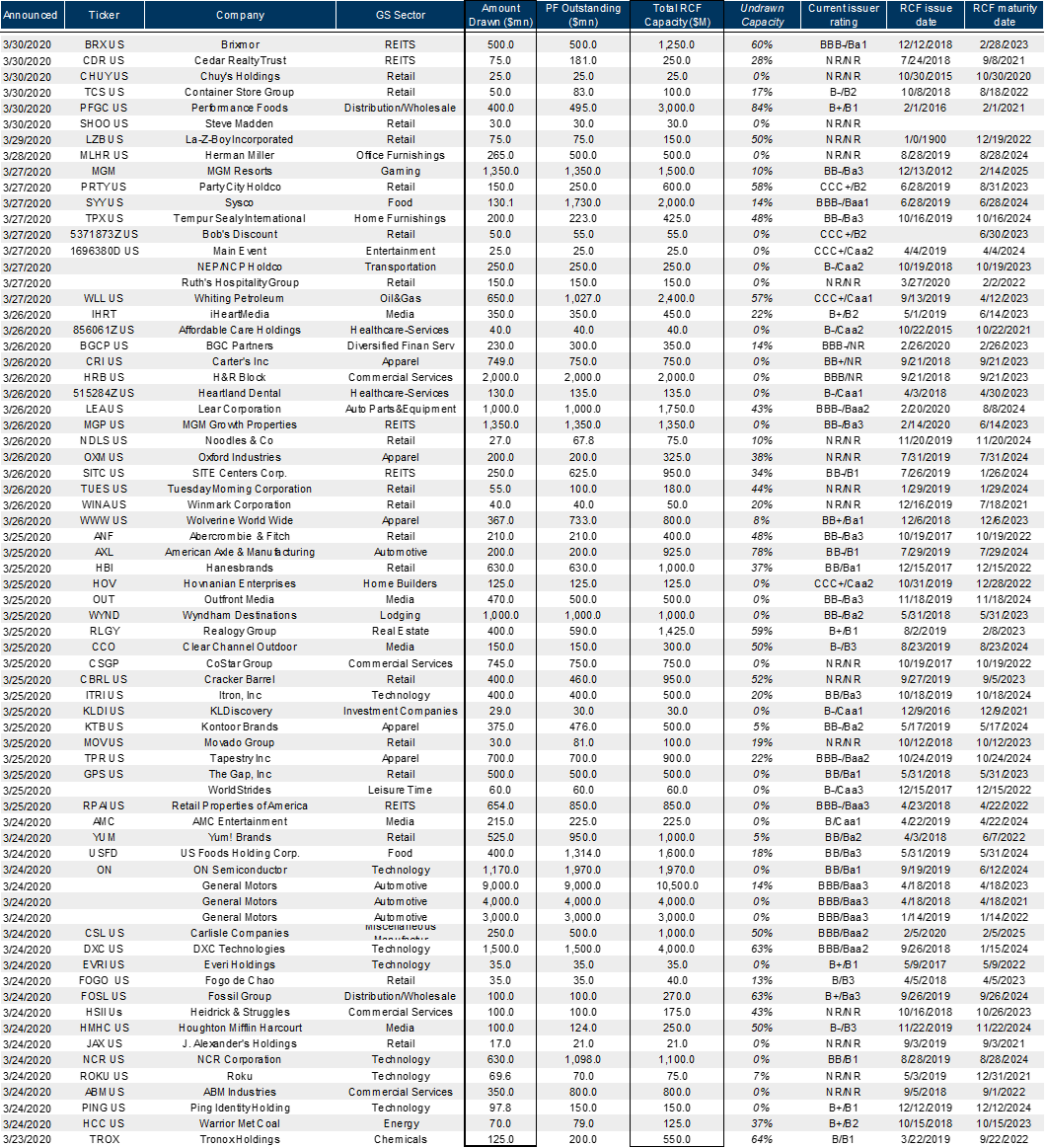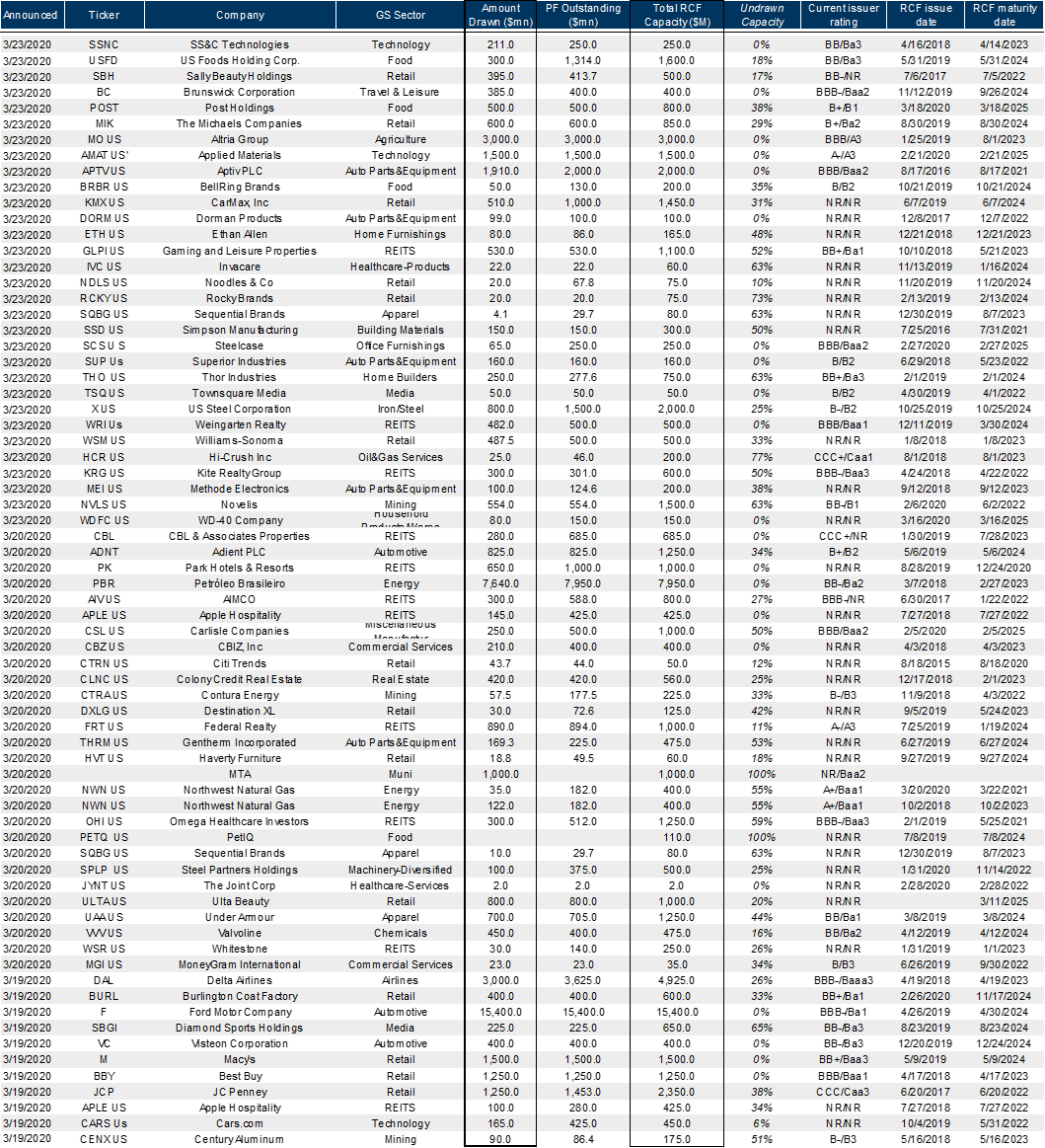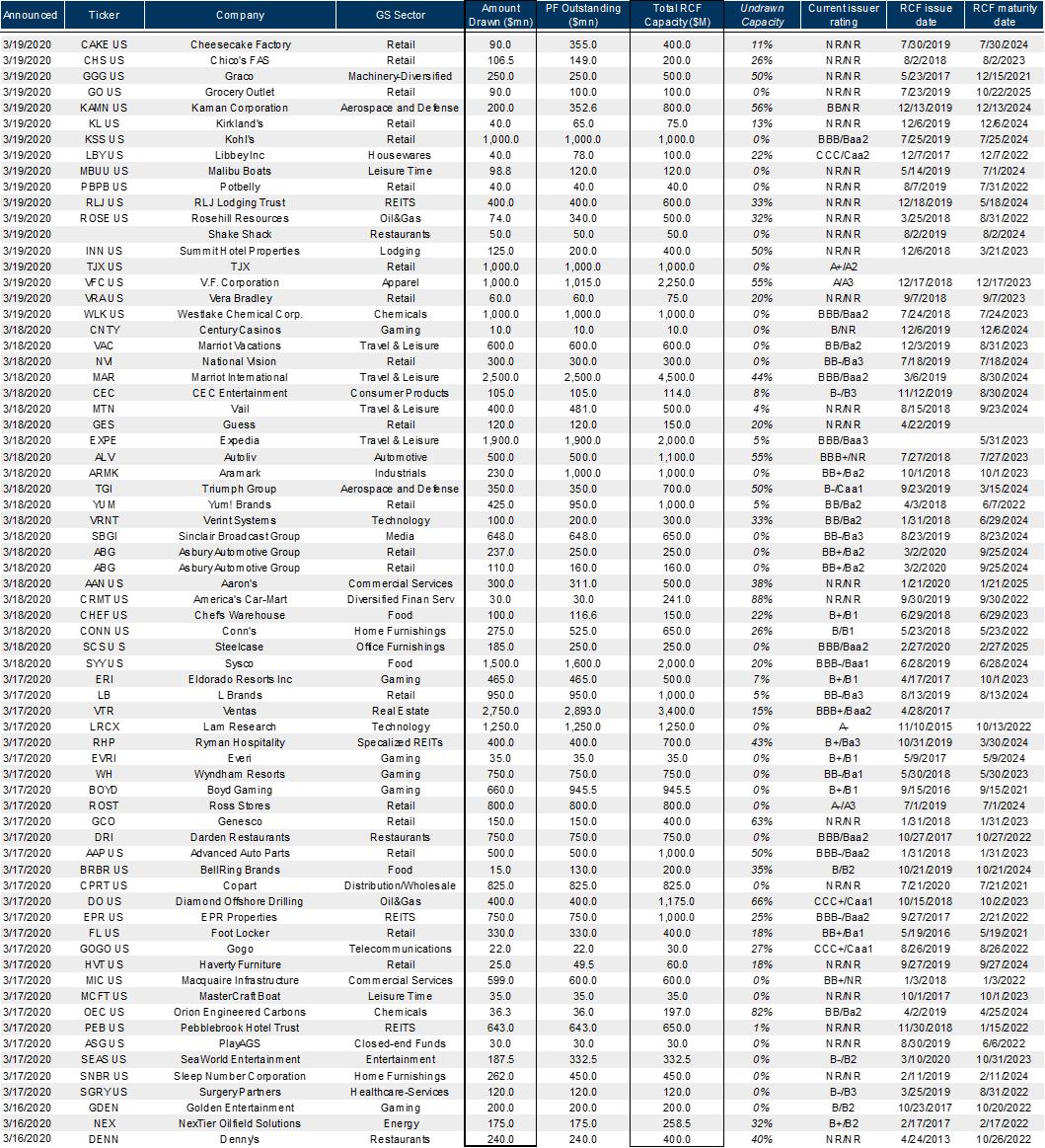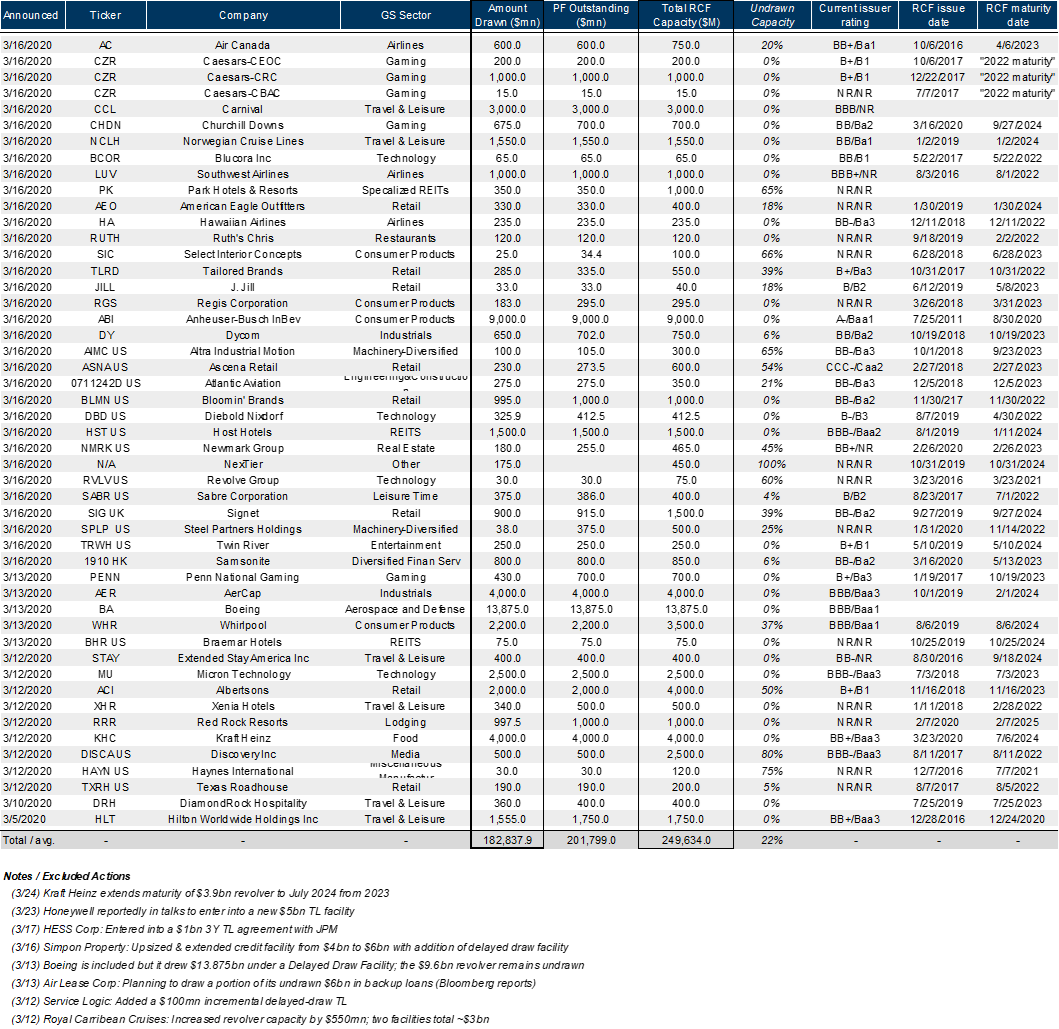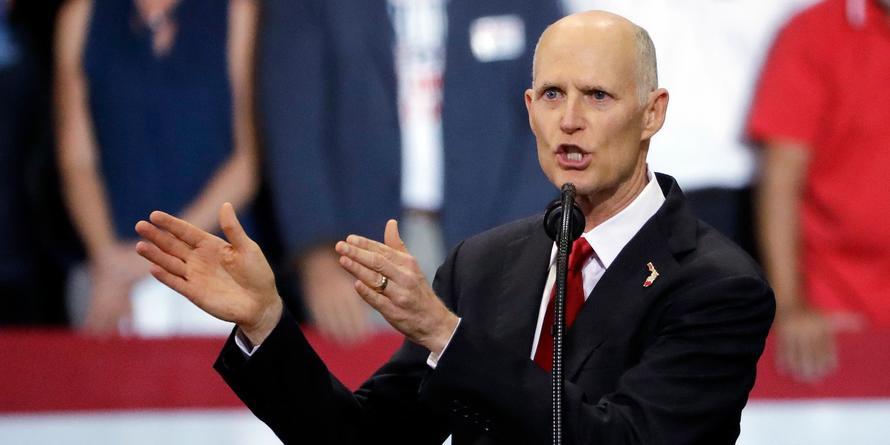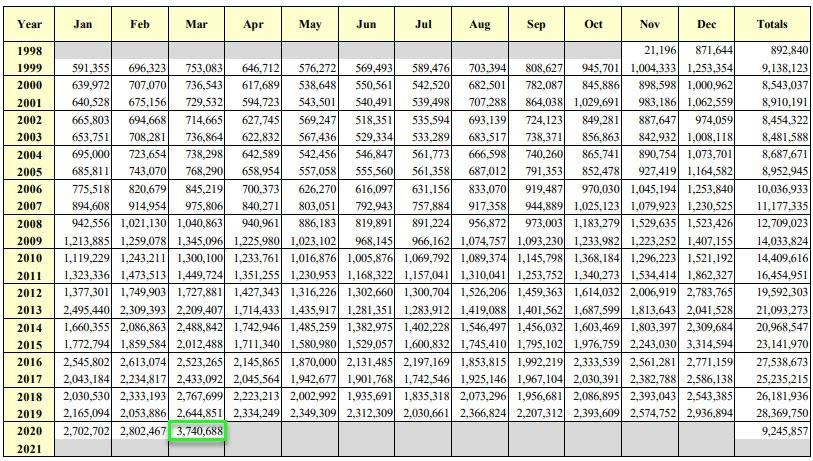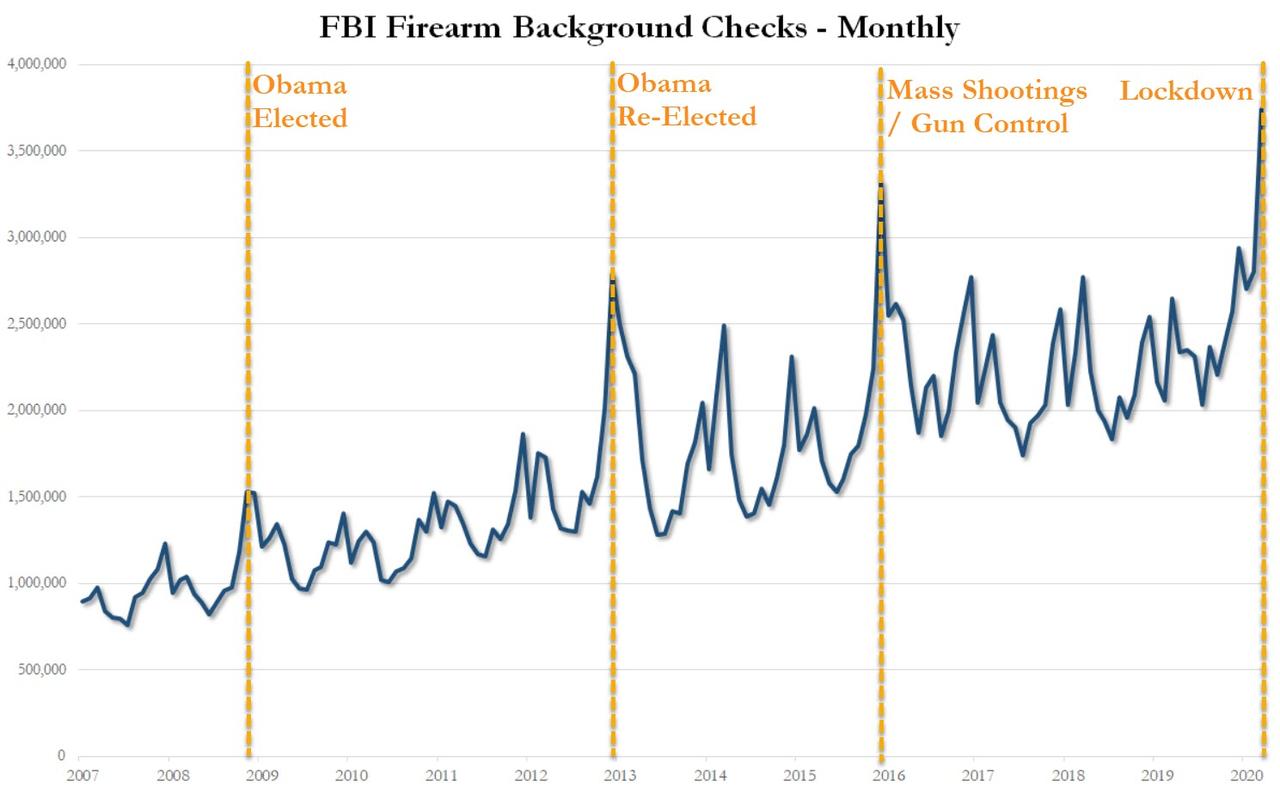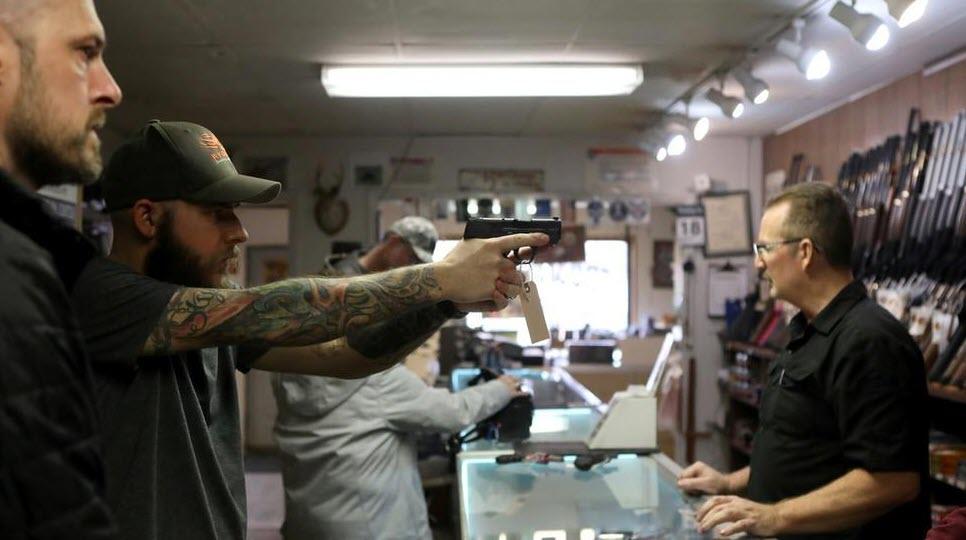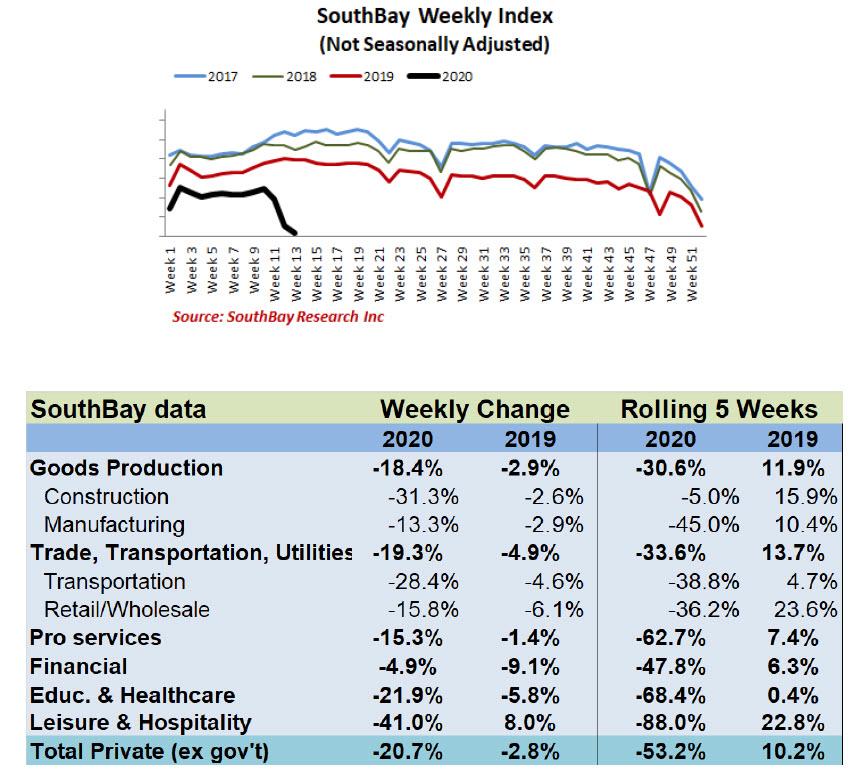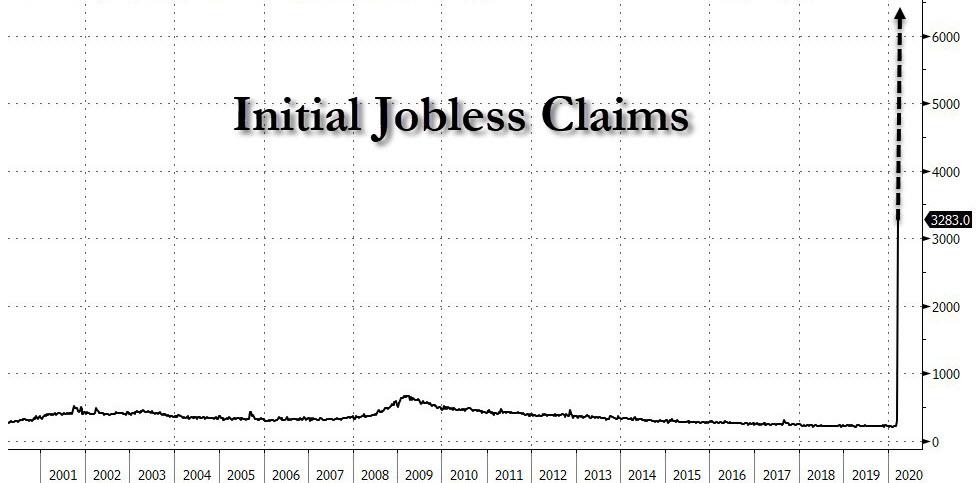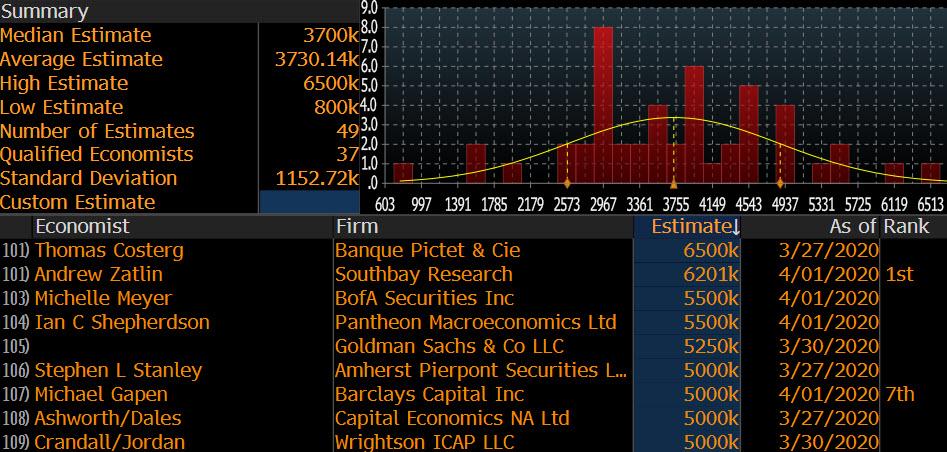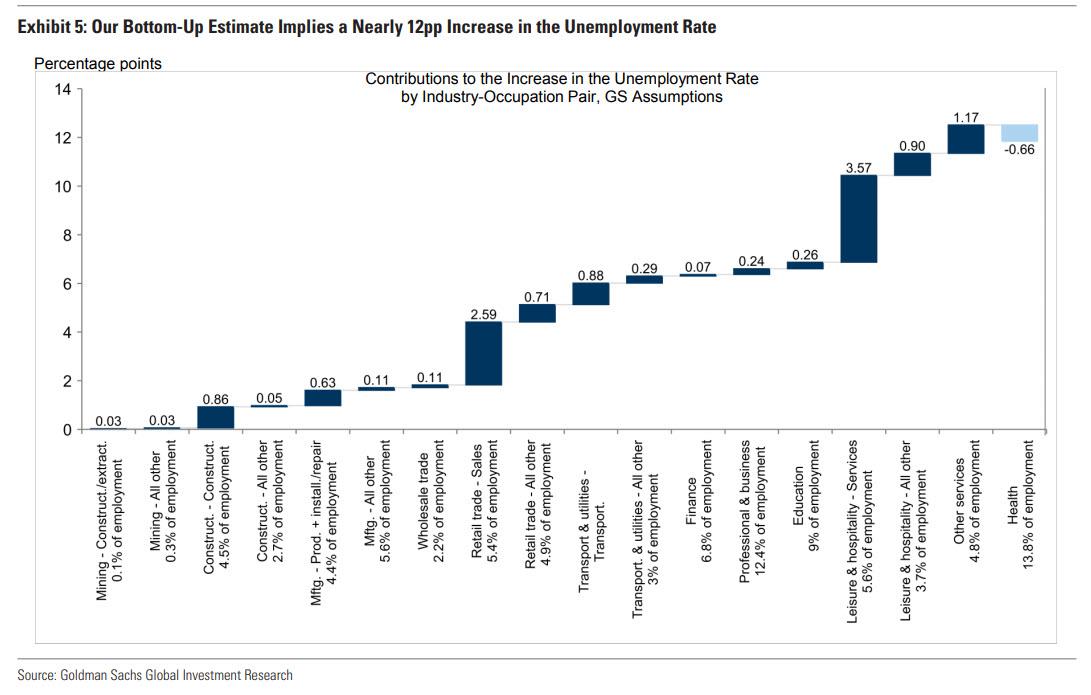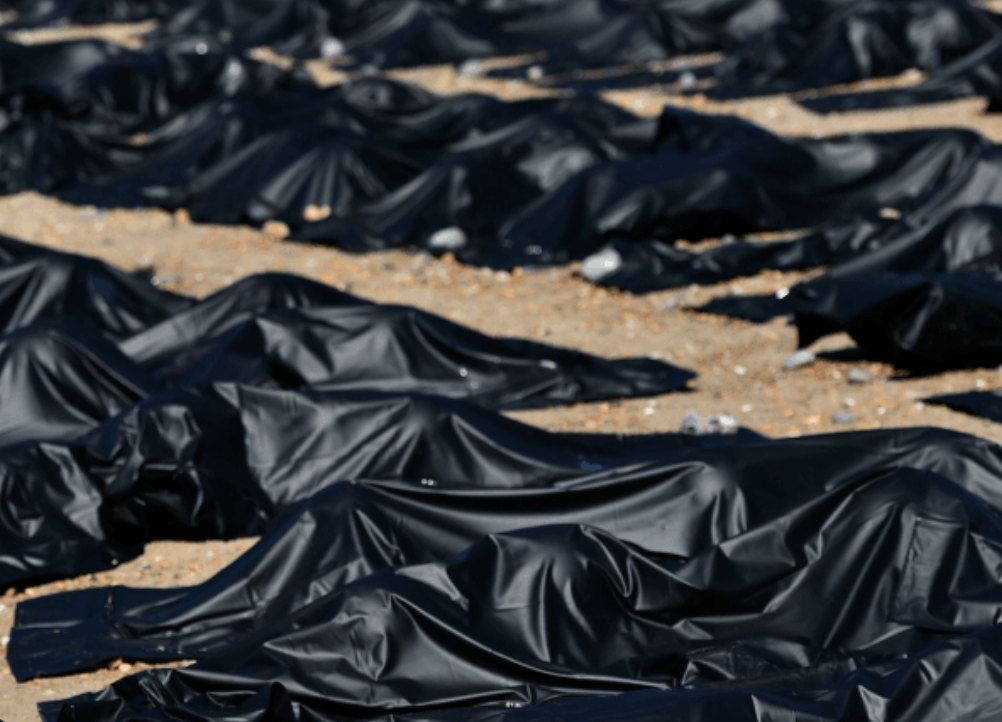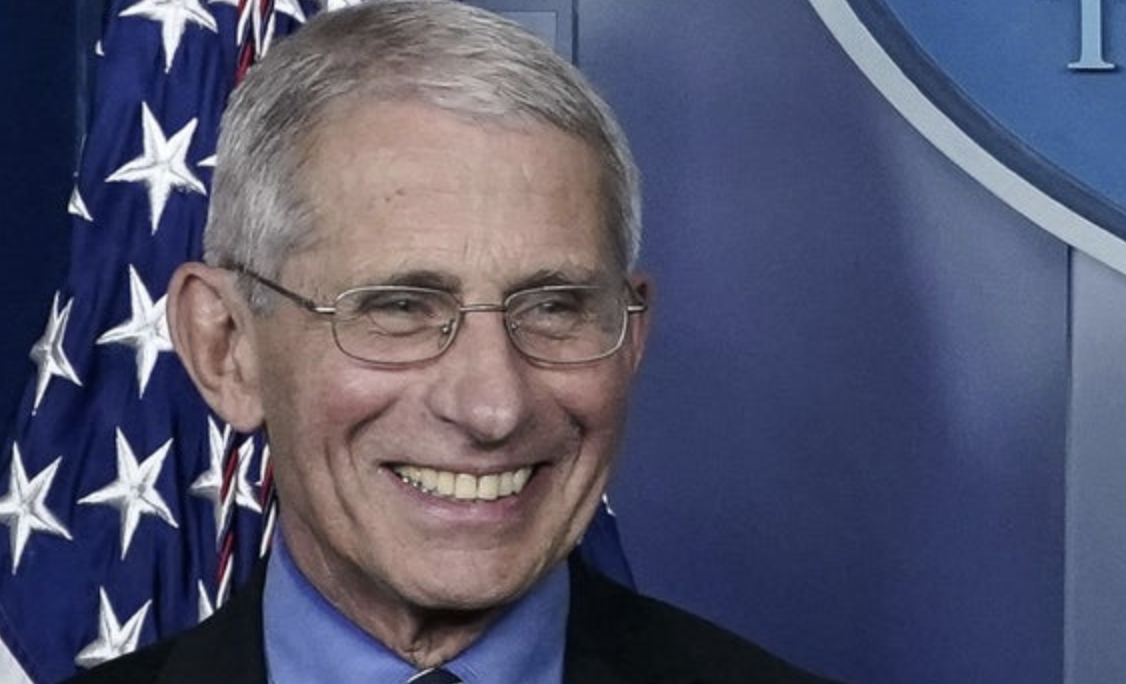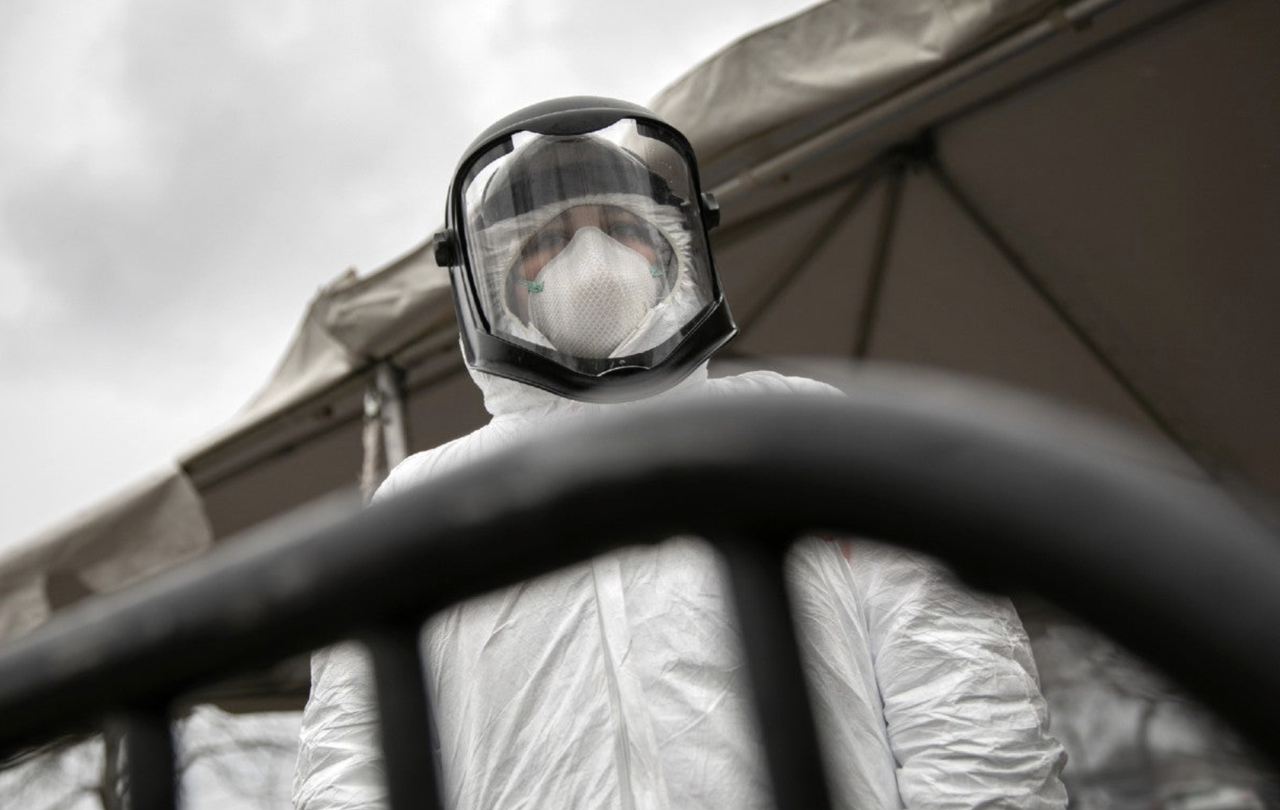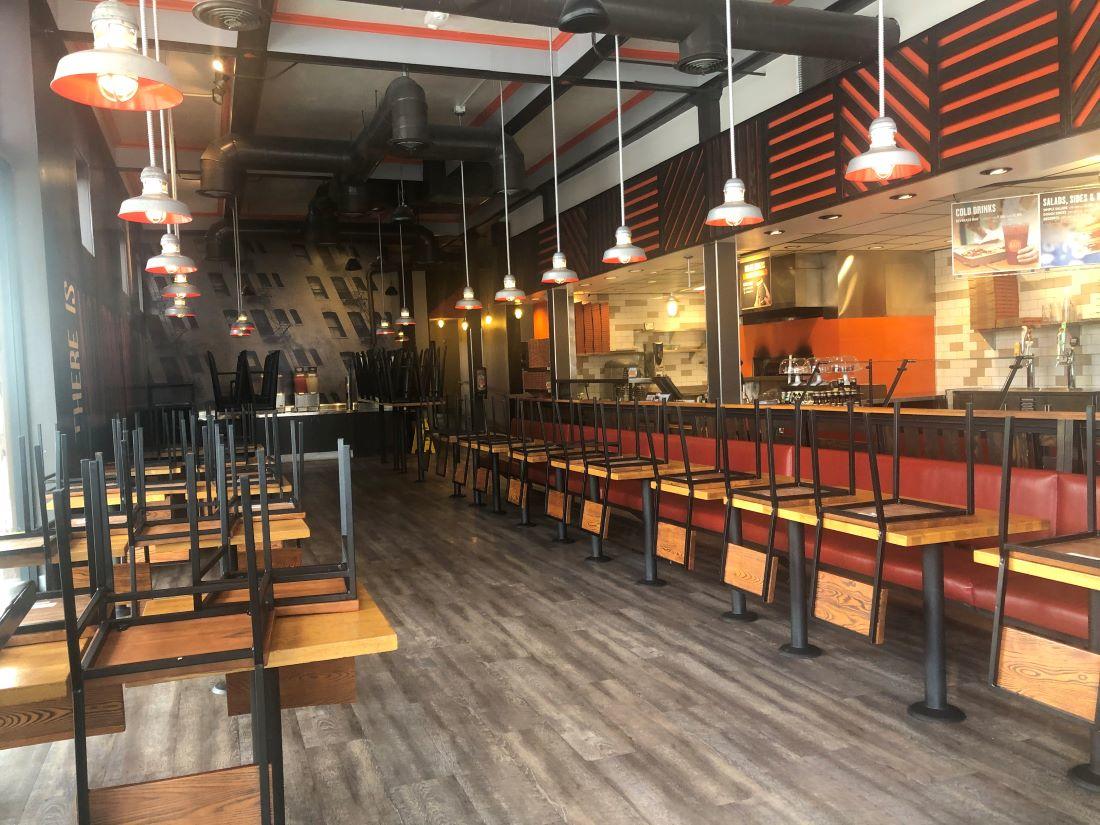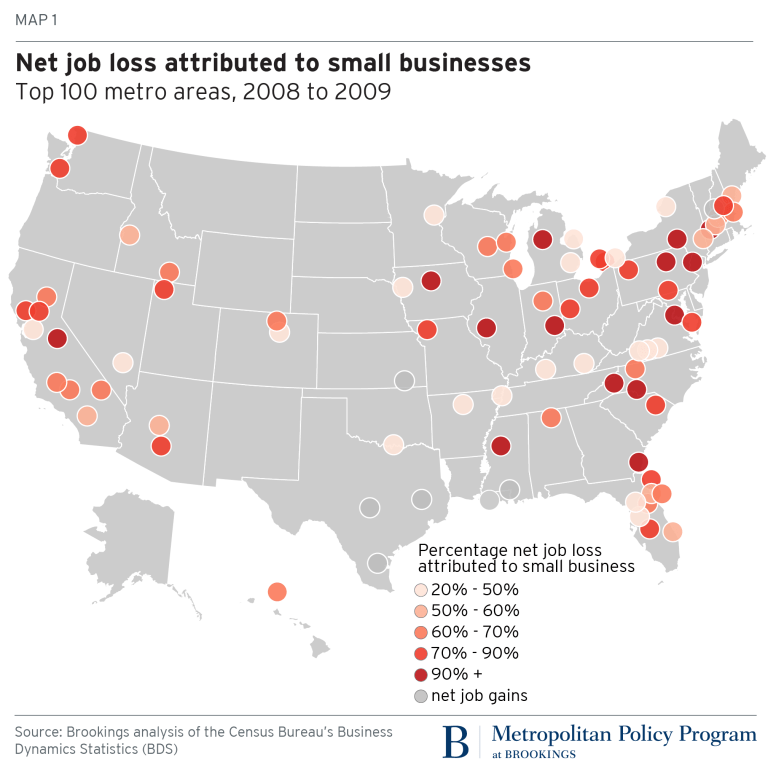Banks To Make Billions On Small Business Bailout
As part of the $2 trillion fiscal stimulus package that was signed into law by Donald Trump on Friday, the Small Business Administration will offer $350 billion in loans to US small businesses meant to preserve business solvency as part of the emergency federal response to the coronavirus pandemic; the loans, part of the so-called “Paycheck Protection Program” will be offered through banks and credit unions to cash-strapped businesses employing under 500 people (it’s not clear how a company employing 500 people is a “small business” but we can assume that this is just a stealthy bailout of some not so small businesses).
To be sure, the terms of the loans are generous: the full amount of the loan will be forgiven if it is used for payroll, mortgage interest, rent or utilities in the two months after the money is received. Less will be forgiven if the employees are sacked or salaries cut. Any amount that is not forgiven will accrue interest at just 0.5% rate and the principal will come due in two years.
Borrowers will need to fill out a two-page form and document that they were in business as of mid-February. Lenders will not need to wait for SBA confirmation before providing cash in hand, as soon as Friday. Businesses will be eligible to borrow the equivalent of 2.5 times their average monthly payroll with a cap of $10mm.
According to the SBA, there are 30m businesses with fewer than 500 employees in the US, employing 60m people, almost half of the private workforce. The National Federation of Independent Business, an advocacy group, says about three-quarters of its members have been affected by the crisis.
Yet some may be “shocked” to learn that like in any government bailout package, the biggest winners here will not be America’s vibrant small and medium business sector, which at best will get the bare minimum cash to fund 2.5 months of payroll (this assume the pandemic will be resolved by mid-June) but – drumroll – America’s banks.
As the FT reports overnight, banks stand to make billions by overseeing the distribution of these loans as they receive processing fees, paid by the federal government, for making the loans. The fees will vary with loan size: 5% for loans under $350,000, 3% for loans under $2MM, and 1% for loans greater than $2MM. The loans will not incur a capital charge.
This means that banks stand to earn as much as $17.5 billion – and $10 billion if one assumes an average rate of 3% – for doing something the government is incapable of doing: handing out hundreds of billions in loans/grants to America’s businesses in the shortest possible time.
On the other hand, maybe this time the banks will actually earn it.
Claudia Sahm, a former research section chief at the Federal Reserve, said offering banks fee-based incentives to administer and distribute loans, which function like grants, is a way to make up for the limited capability of the SBA to administer a program that senior administration officials say could pull in millions of application requests.
Small businesses “are used to going to their local bank to get loans”, said Ms Sahm, now at the Washington Center for Equitable Growth. This will make it easier for banks to act quickly on existing relationships. It also means the SBA will rely on banks to contact their own clients, giving large banks and favoured clients an advantage.
“Speed is the operative word,” said Jovita Carranza, the SBA’s administrator. “Applications for the emergency capital can begin as early as this week, with lenders using their own systems and processes to make these loans.”
But wait, there is more pork at this trough: the SBA has also laid out a role for agents, such as attorneys or accountants, who can help prepare documents, and can claim some of the lenders’ processing fee. Sam Tuassig, head of policy at Kabbage, a fintech that makes small business loans, said: “It is essentially a grant program that, if the borrower doesn’t use the money to pay their employees, turns into a super-low interest loan.”
Initially, only federally insured banks and credit unions will be eligible to make the loans. Tuassig said Kabbage was eager to participate, but that it remained unclear whether online lenders and fintechs would be allowed to do so. The Treasury’s statement on Tuesday said that “additional lenders” were encouraged to apply to the SBA for approval.
And with billions of dollars at stake to those who merely take money from point A and deliver it to point B, one can be certain that everyone will be applying.
Tyler Durden
Wed, 04/01/2020 – 22:25
via ZeroHedge News https://ift.tt/39Bt2h2 Tyler Durden
